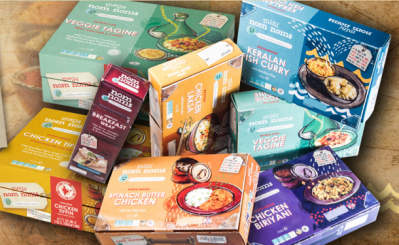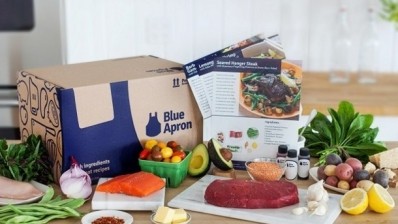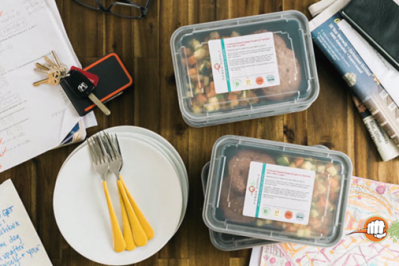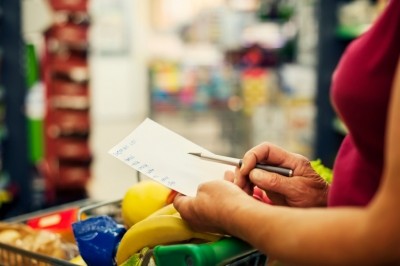DinnerCall app helps grocers tap new revenue streams by offering meal kits & ready-to-eat dinners
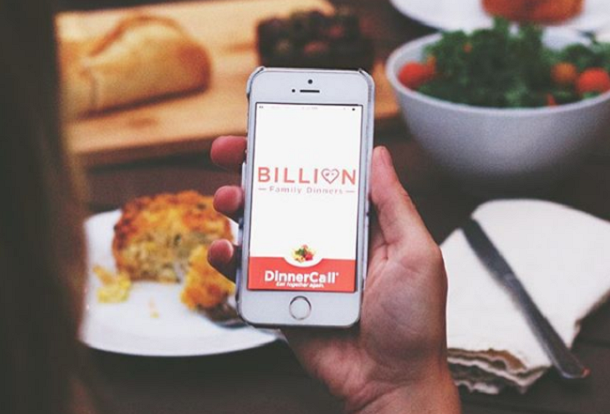
“A large number of grocery stores currently are struggling with the dinner day part in the prepared meal space,” in part because there is increasing competition to answer the stressful 5 pm question about what is for dinner, said Gerry Hays, co-founder and CEO of DinnerCall – an online platform and app that promises to help retailers leverage their existing infrastructure to provide consumers with desirable, fast meal solutions and create new revenue streams.
He explained a major hurdle for grocery stores in answering the question of what’s for dinner for time-strapped consumers who don’t want to plan ahead is that most consumers eat with their eyes, but near the end of the day many deli cases often are only half full and appear picked over.
“This creates a tough situation,” because on the one hand retailers want to display food options in the best way possible, but many don’t want to fully stock cases late in the day for fear that they will have to throw away large amounts of unsold food when the business closes that night, Hays said.
It also means grocery stores are only accessing a fraction of the revenue from the dinner day-part that they could make, he added. He estimated grocery stores currently make about $10 billion from ready to eat dinners a year compared to fast food, which brings in $100 billion from dinners a year.
However, he said, his research shows DinnerCall could help grocery stores bump up their revenue from this day part to $20-25 billion a year.
How DinnerCall works
DinnerCall allows grocers to meet the growing demand for fresh, convenient meals by offering consumers a chance to order through the app a dinner that either is ready to eat and just needs to be heated and plated, or a kit of pre-measured ingredients and an easy to follow recipe they can make themselves.
The app also allows consumers to schedule a pick-up time, and collects the payment for the store, so all the grocery store needs to do is prepare the meal or assemble the kit that employees can give to consumers once they hit a button in the app that tells the store they are at the location ready for their meal, Hays says.
The application also helps grocers reduce food waste because consumers place their orders by 3 or 3:30 pm, so the store knows how much food to prepare – taking away the risk that a deli case will still be full at the end of the day, Hays said.
The application also offers brands “an amazing sampling concept” and another chance to promote their products with retailers, he said. He explained that manufacturers can work with retailers to have their products featured in meal kits as a way to get into consumers’ kitchens and drive initial trial.
A low-risk opportunity for grocers
He added that the app is low-risk for grocers in that the promotional activities fall to DinnerCall, and the retailers only pay a fee per each transaction. Likewise, DinnerCall is not looking to compete with retailers on branding – allowing the grocer to include its branding on packaging for the kits and meals if it wants.
“We are not trying to take anything away from grocers. Rather, we are really trying to build the industry,” and help bring families back together around the dinner table, Hays said.
He explained that as a public benefit corporation, DinnerCall has a lofty mission to “change the trajectory of society through family dinners,” which research shows are associated with lower divorce rates, lower substance abuse, lower obesity, lower depression, happier children, better grades and more.
In the first part of 2016, DinnerCall piloted the application at a handful of retailers but plans to roll it out for mass commercialization in May.
